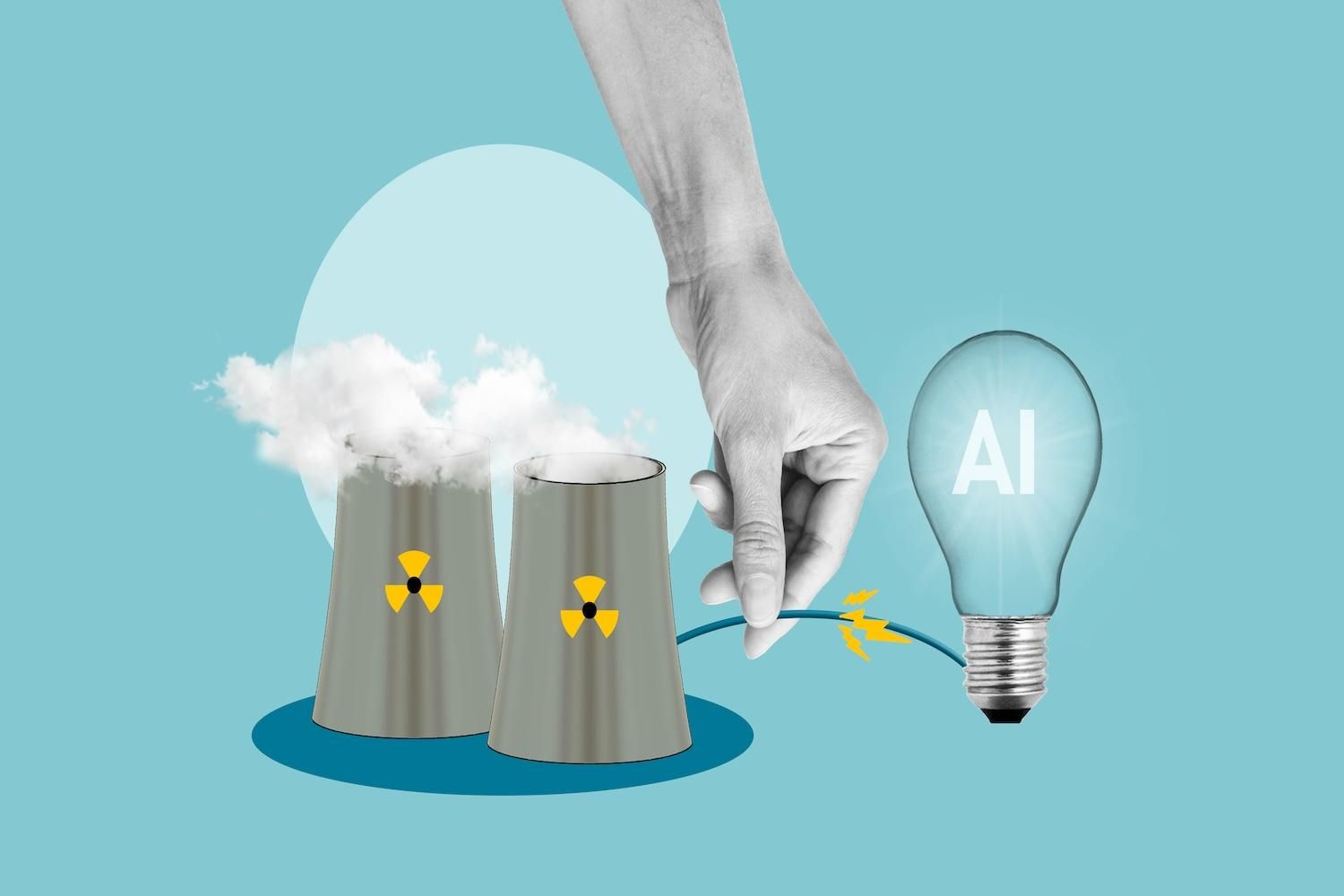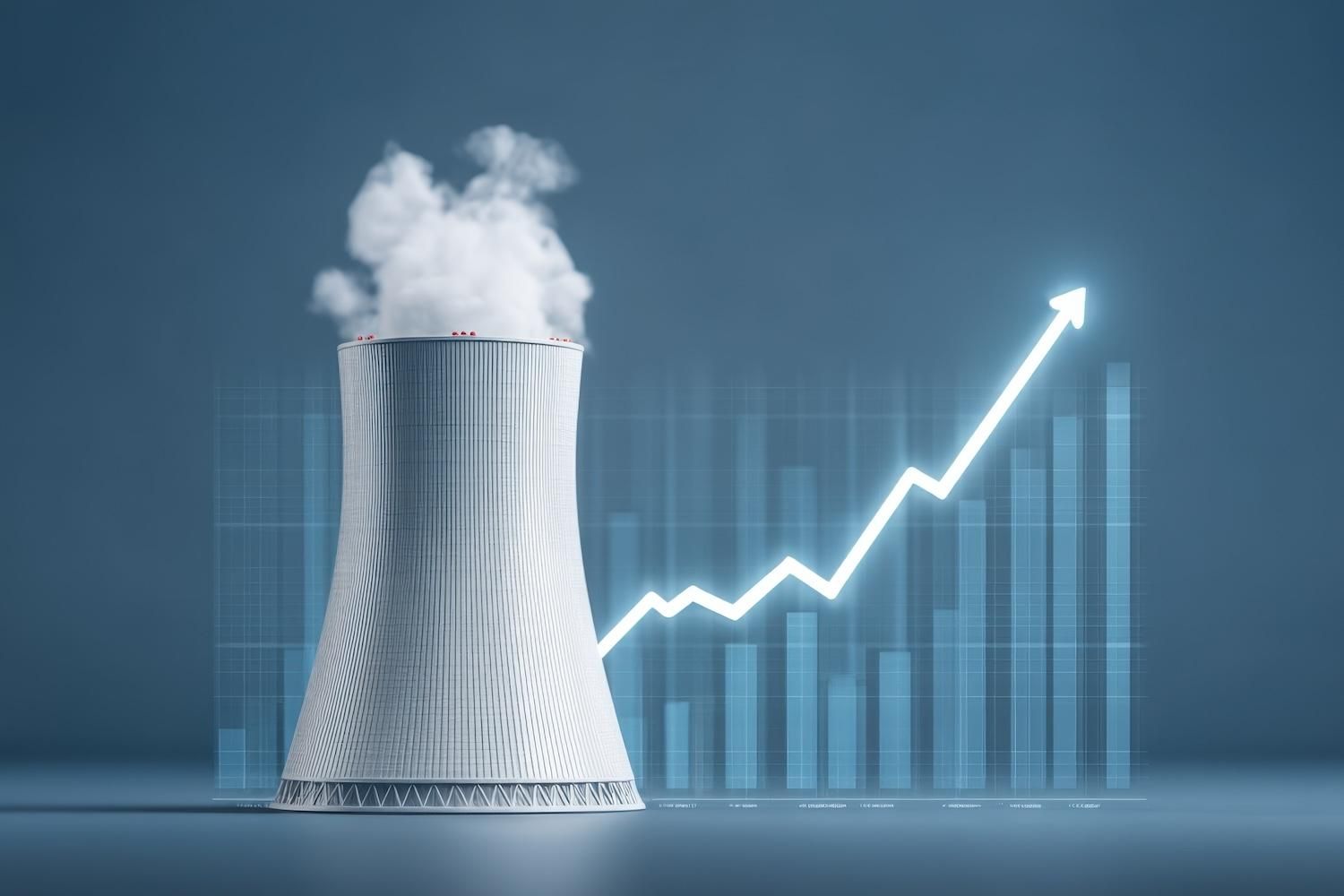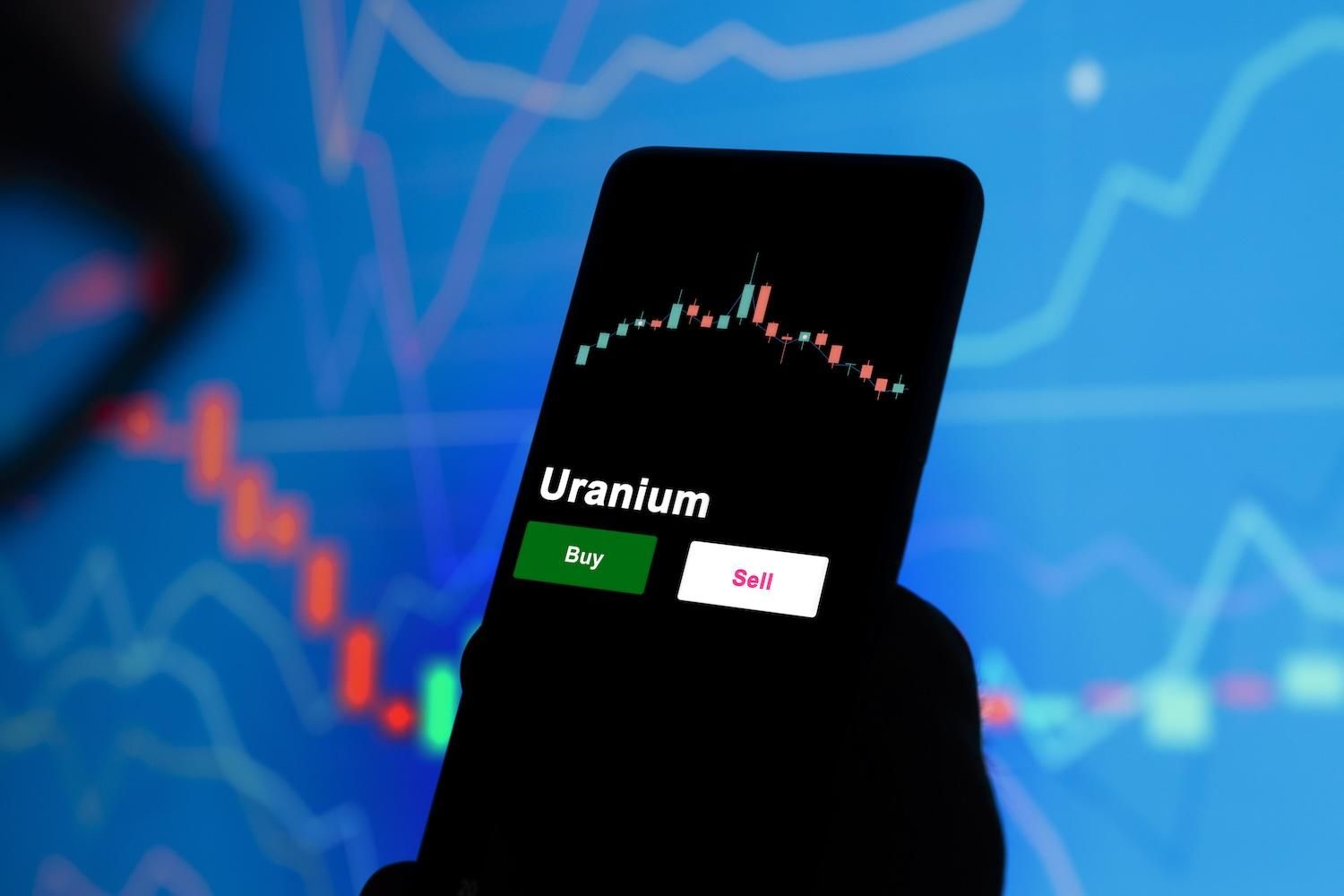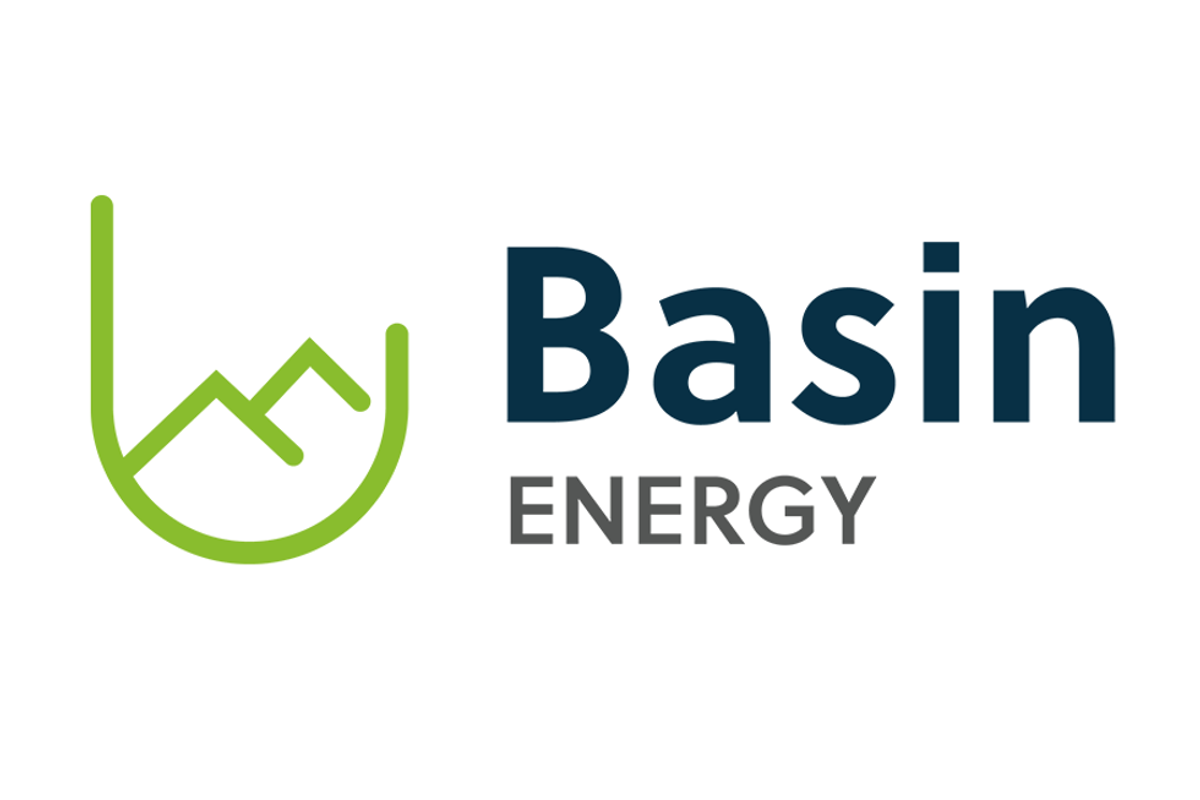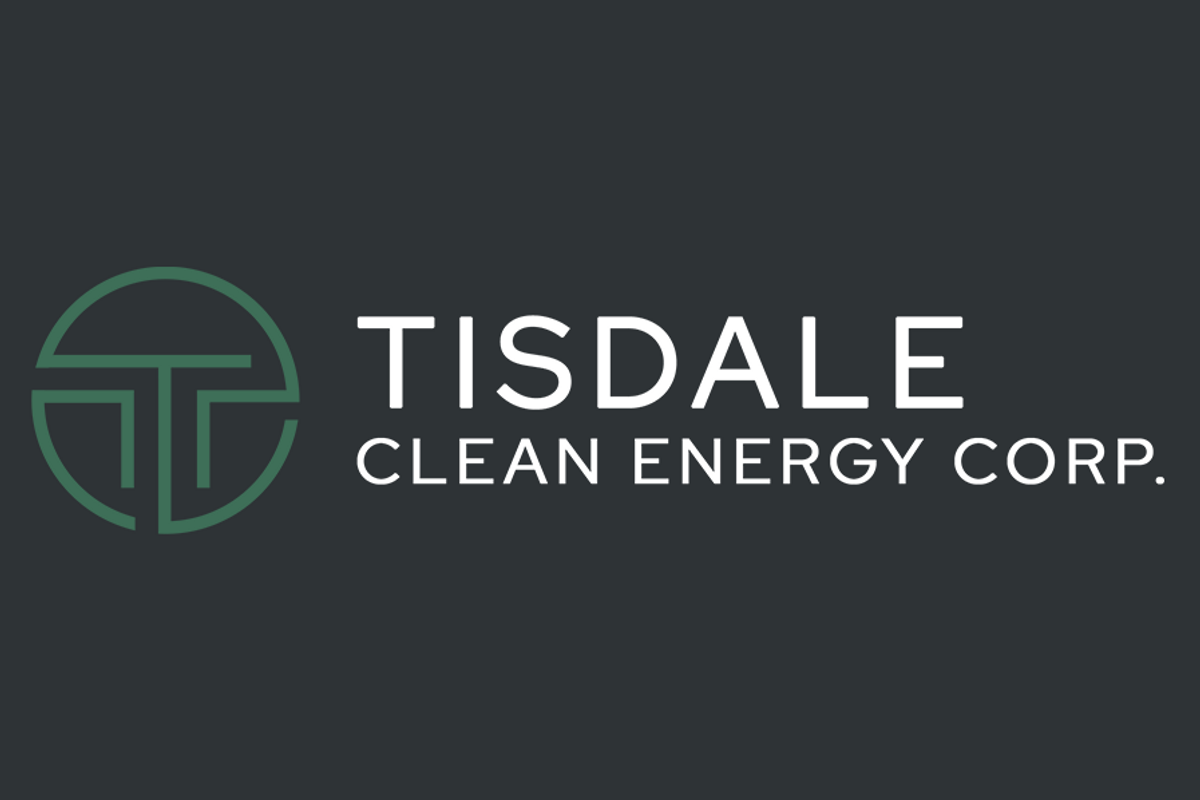
February 01, 2024
TISDALE CLEAN ENERGY CORP. (the “Company” or “Tisdale”) (CSE:TCEC), (OTC:TCEFF), (FSE:T1KC), is pleased to announce that it has closed a second tranche of its non-brokered private placement (the “Offering”) and has issued a further 6,362,216 units (each, a “Unit”) at a price of $0.18 per Unit for gross proceeds of $1,145,199. Each “Unit” issued in the second tranche of the Offering consists of one common share of the Company and one share purchase warrant exercisable at a price of $0.30 until February 1, 2026.
In connection with completion of the second tranche of the Offering, the Company paid $17,500 and issued 97,222 share purchase warrants (each, a “Brokers Warrant”) to certain arms-length brokerage firms who assisted in introducing subscribers to the Offering. Each Brokers Warrant is exercisable at a price of $0.30 until February 1, 2026. All securities issued in connection with the second tranche of the Offering are subject to restrictions on resale until June 2, 2024, in accordance with applicable securities laws.
When combined with the first tranche of the Offering, the Company has raised gross proceeds of $1,920,199 through the issuance of 10,667,772 Units. Due to strong market interest, the Company has elected to increase the size of the Offering by 5,405,405 Units for a total of 16,666,667 Units, which if fully subscribed would increase total gross proceeds to $3,000,000. The Company anticipates completing the final tranche of the Offering in the next two weeks.
Completion of a final tranche of the Offering remains subject to any required regulatory approvals. The proceeds from the Offering will be used for general working capital purposes and for carrying out exploration programs at the South Falcon East uranium project.
About Tisdale Clean Energy Corp.
Tisdale Clean Energy is a Canadian-based uranium exploration and development company. The Company is currently developing the South Falcon East uranium project, a 12,770-hectare project located in the Athabasca Basin region, Saskatchewan, Canada, which contains the Fraser Lakes B uranium/thorium deposit.
For further information, contact Alex Klenman at info@tisdalecleanenergy.com or 604.970.4330.
ON BEHALF OF THE BOARD OF TISDALE CLEAN ENERGY CORP.
Alex Klenman, Chief Executive Officer
This news release may contain certain “Forward-Looking Statements” within the meaning of the United States Private Securities Litigation Reform Act of 1995 and applicable Canadian securities laws. When or if used in this news release, the words “anticipate”, “believe”, “estimate”, “expect”, “target, “plan”, “forecast”, “may”, “schedule” and similar words or expressions identify forward-looking statements or information. These forward-looking statements or information may relate to the anticipated use of proceeds from the Offering and other factors or information. Such statements represent the Company’s current views with respect to future events and are necessarily based upon a number of assumptions and estimates that, while considered reasonable by the Company, are inherently subject to significant business, economic, competitive, political and social risks, contingencies and uncertainties. Many factors, both known and unknown, could cause results, performance or achievements to be materially different from the results, performance or achievements that are or may be expressed or implied by such forward-looking statements. The Company does not intend, and does not assume any obligation, to update these forward-looking statements or information to reflect changes in assumptions or changes in circumstances or any other events affecting such statements and information other than as required by applicable laws, rules and regulations.
The Conversation (0)
11 December
Uranium Price Forecast: Top Trends for Uranium in 2026
2026 is poised to be transformative for uranium as tightening supply converges with robust demand from new reactor builds and life extensions, plus data center construction and a broader shift to clean energy. Despite these tailwinds, the U3O8 spot price remained muted for most of 2025, locked... Keep Reading...
09 December
Uranium Price 2025 Year-End Review
After 2024’s rapid rise, the U3O8 spot price remained more constrained through 2025, fluctuating between a relatively short range of US$63.17 (March 13) and US$83.33 (September 25) per pound. Entering the year, the price was sitting at US$74.56 before economic and geopolitical uncertainty pushed... Keep Reading...
08 December
American Uranium Eyes Resource, Scoping Study Update in 2026
American Uranium (ASX:AMU) is advancing drilling at its Lo Herma project in Wyoming, with work continuing into the winter season, according to Executive Director Bruce Lane in an interview with the Investing News Network. The company is currently awaiting results from recent hydrogeological... Keep Reading...
04 December
China’s Sole Uranium Miner Soars in Market Debut
China National Uranium (SZSE:001280) more than tripled in value during its first day of trading in Shenzhen, raising about 4 billion yuan (US$570 million) in its Wednesday (December 3) debut.According to an exchange filing cited by Bloomberg, the state-backed miner priced 248 million shares at... Keep Reading...
02 December
Niger Moves to Sell Uranium from Orano's Seized SOMAÏR Mine
Niger’s military government announced on Sunday (November 30) that it intends to put uranium produced by the SOMAÏR mine on the international market.General Abdourahamane Tiani, head of the junta, told state television that “Niger's legitimate right to dispose of its natural riches to sell them... Keep Reading...
30 November
Expands REE and Uranium Footprint at Sybella-Barkly
Basin Energy (BSN:AU) has announced Expands REE and uranium footprint at Sybella-BarklyDownload the PDF here. Keep Reading...
Latest News
Latest Press Releases
Related News
TOP STOCKS
American Battery4.030.24
Aion Therapeutic0.10-0.01
Cybin Corp2.140.00

